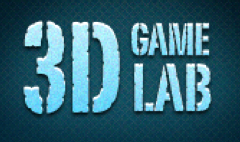The 911 Memorial: Past, Present and Future
(Free 9/1-9/12 $9.99 after)
This impressive app explores the construction of the Twin Towers, the disaster of 9/11 and the development of the Memorial Plaza and twin Pools.
This app includes 40 videos (including the 9/11 attack) along with site tours, museum updates, animations and original content. Over 400 high-res photos are used to enhance the story. Links are used to expand the resource to include an ever-current set of resources. This app provides a depth of experience that is beyond anything else I have seen.
Here is the website for 911 Memorial app.
 Explore 9/11 - Free
Explore 9/11 - FreeThis is the official 9/11 Memorial application has been created by the National September 11 Memorial & Museum as a guide to understanding 9/11 through the eyes of who witnessed the events. This can be used to learn about what happened and what can be found or it can be used to assist a group who is exploring the site. (Given the sensitivity surrounding the events of 9/11, viewer discretion is advised. )Here is a demo of the free Explore 9/11 iPad/iPhone app. It is short but the site includes a number of resources that you can find useful.
 9/11 Memorial Guide - Free
9/11 Memorial Guide - FreeThis app will bring the 9/11 Memorial to life for you. Along the bottom it allows you to Search for Names of victims. Once you select a name, it provides you with information and a photo. It will also point you to the panel in the memorial where the person's name is posted. In some cases, there are audio stories about victims told by their loved ones.
Here is a demo of the free 9/11 Memorial Guide iPad/iPhone app.
These iPad apps are educational and intriguing. I learned a great deal about the 9/11 Memorial and about 9/11 that I never knew before.
What are your resources for teaching/learning about 9/11? What can you share with others about your experience in teaching 9/11?



















